Ube Japanese Cheesecake Recipe: Make a fluffy, jiggly and bouncy Ube Japanese cotton cheesecake with me!
Hi friends! After three years of baking, I’ve finally discovered the techniques and ways to bake a fool-proof Japanese souffle cheesecake. I added one ingredient to my basic Japanese soufflé cheesecake recipe, and that’s 1 teaspoon of ube extract to create a beautiful purple ube Japanese cheesecake! Ube is a purple yam from the Philippines. Ube extract makes your cakes and baked goodies beautifully and vibrantly purple.
Japanese souffle cheesecake is also known as Japanese cotton cheesecake or just Japanese cheesecake. It is a mix between a regular cheesecake (Basque or NY Style) mixed with a chiffon cake. It’s airy, fluffy, and less dense than cheesecakes. It’s the perfect offspring of a cake, and I’m sharing my baking secrets with you! Happy baking! This ube Japanese cheesecake is less dense, it is softer, it is fluffy, tall, jiggly and bouncy!
PREP TIME: 20 minutes COOK TIME: 25+45 minutes TOTAL TIME: 90 minutes
MAKES: One 8-inch cake or two 6-inch cakes
Ingredients
5 egg yolks 🥚
8 oz cream cheese (1 bar)
1/4 cup unsalted butter
1/2 cup milk
1/4 cup fine sugar for the batter
1/4 cup fine sugar for the white egg/meringue + 1/4 tsp cream of tartar
2 tbsp corn starch (magic ingredient)
1 tsp ube extract
1/4 cup all purpose flour (use rice flour or Mochiko instead to make a gluten-free Japanese Cheesecake)
(Vanilla extract or powder or lemon juice for extra flavoring are all optional)
Optional toppings: strawberries, confectioner sugar, fruits of your choice, honey, matcha powder, etc...
INSTRUCTIONS
Full instructions are in the video above. You can start by separating 5 eggs. (If you want the cake to be even fluffier or taller, you can use 6 eggs.) Place the egg yolks in a bowl, and the egg whites in a mixer bowl.
Place the butter, cream cheese and 1/4 cup of fine sugar into a pot over low-heat. Allow the ingredients to melt, and mix together into a beautifully smooth batter mixture.
Remove the pot from heat, and add the egg yolks into the batter mixture. Mix well, but gently.
Add the cornstarch and flour. Once again, mix well. Clumps should disappear.
Add the milk and optionally add vanilla extract or other flavors of your choice.
Mix well. The batter should be smooth and liquid-y. This is not a thick cake batter and it’s okay! Add 1 teaspoon of ube extract. Mix well again. You won’t have to strain this mixture. (See video) If you want pandan flavor, you can addd 1 teaspoon of pandan extract instead of the ube extract.
Set aside the cake batter as you beat the egg whites into stiff peaks (see below for egg beating tips). Egg white meringue requires the 1/4 cup sugar and 1/4 tsp cream of tartar. Please scroll below to see proper egg white beating steps. Properly beating egg whites into stiff peaks requires at least 8-10 minutes.
Pre-heat your oven to 330F. Depending on your oven, you may want to either lower the temperature to 325 or raise to 340F. Prepare a bain-marie by putting water in a deep rectangular baking pan or dish. Place into the oven.
Prepare baking pans— with these ingredients, you can bake one 8-inch cake or two 6-inch cakes. Line the bottoms of the baking pans with circular parchment paper, and the inside sides with rectangular strips of parchment paper. (Not wax paper.)
Once you achieve stiff peaks, place some beaten egg white into the batter and mix together.
Repeat the above step two more times.
You don’t want to over mix the batter. Pour the batter into the rest of the egg whites and mix together using folding techniques. You don’t want to over-mix or under mix. If you over mix, the cake will not rise. If you under-mix, your cake will be uneven. The egg white will float to the top and you’ll have meringue-like cake at the top, and a dense cheesecake at the bottom.
Pour the well incorporated, but not over-mixed batter into the baking pan(s).
Bake bain-marie style for 25 minutes 330F (Depending on your oven, you may have to adjust the temperature.) If you see the cake is not rising at all, this temperature may be too low. Raise the temperature by 10 degrees. If your cake rises meteorically, then you may have under-mixed your final batter, and your cake top will likely crack.
After 25 minutes, your cake should rise. If it has not risen yet, allow it to stay at the same temperature and give it time to rise. Once it rises nicely, crack open the oven door slightly and keep it opened for 10 seconds (approximately). Lower the oven temperature to about 245-265F, depending on your oven and bake for an additional 45 minutes.
Allow your cake to rest in the oven after baking for about 10 minutes.
Remove from the oven. Be careful and use oven mitts as needed. Place a sheet of parchment paper over the cake. Place a plate over the cake and parchment paper. Flip the cake upside down so the top of it is now the bottom, while resting on the parchment paper over the plate. Remove the cake from the pan by sliding it out, or gently shaking it out.
Remove the wet parchment paper from the cake, replace the bottom parchment paper of the cake.
Now place another plate— the presentation or serving plate, on top of the cake. It should be on top of the bottom of the cake. Flip the cake again, carefully.
Play with the bouncy jiggly-ness of the cake. Serve when still warm, or chill in the fridge. It won’t be bouncy or fluffy after chilling though!
Ube Japanese Cheesecake with powdered sugar and frosted blueberries
Japanese Cheesecake Troubleshooting:
If your cake does crack, the heat may have been too high. Just decorate over the crack. It’s okay, baking does not have to be perfect! Your cake will still taste good!
If your cake is airy and fluffy at the top, and dense on the bottom, then you did not incorporate your final batter well enough. Too much of the beaten egg whites have not been mixed into the yolk batter. Next time, make sure your final batter is well-mixed, thick, and creamy with little to no beaten egg white streaks.
If you cake has not rise at all in the oven, then your heat is too low, or your egg whites were over or under beaten (you want glossy beautiful stiff peaks), or you have over-mixed your final batter. Try raising your temperature, if you are sure you had mixed your batter well.
Tips
🥚To beat egg whites into stiff peaks, gradually increase the mixer speed, starting at medium, to medium-high, to high, each speed taking around 2-3 minutes.
🥚Add cream of tartar when you see some egg foam. Gradually add fine sugar when the beaten egg whites have become very white and foamy.
🥚Baking tip! Bake (bain-marie style) for 25 minutes on higher heat (320-345F depending on your oven), then crack open the oven door for about 10 seconds and bake for 45 minutes on lower heat (245-265F depending on your oven.)
🥚Your baking powder and cornstarch should be gluten-free. To make your Japanese cheesecake gluten-free, substitute all purpose flour with sweet rice flour (Mochiko).
Happy baking, my friends! Let me know what you think of my recipes <3


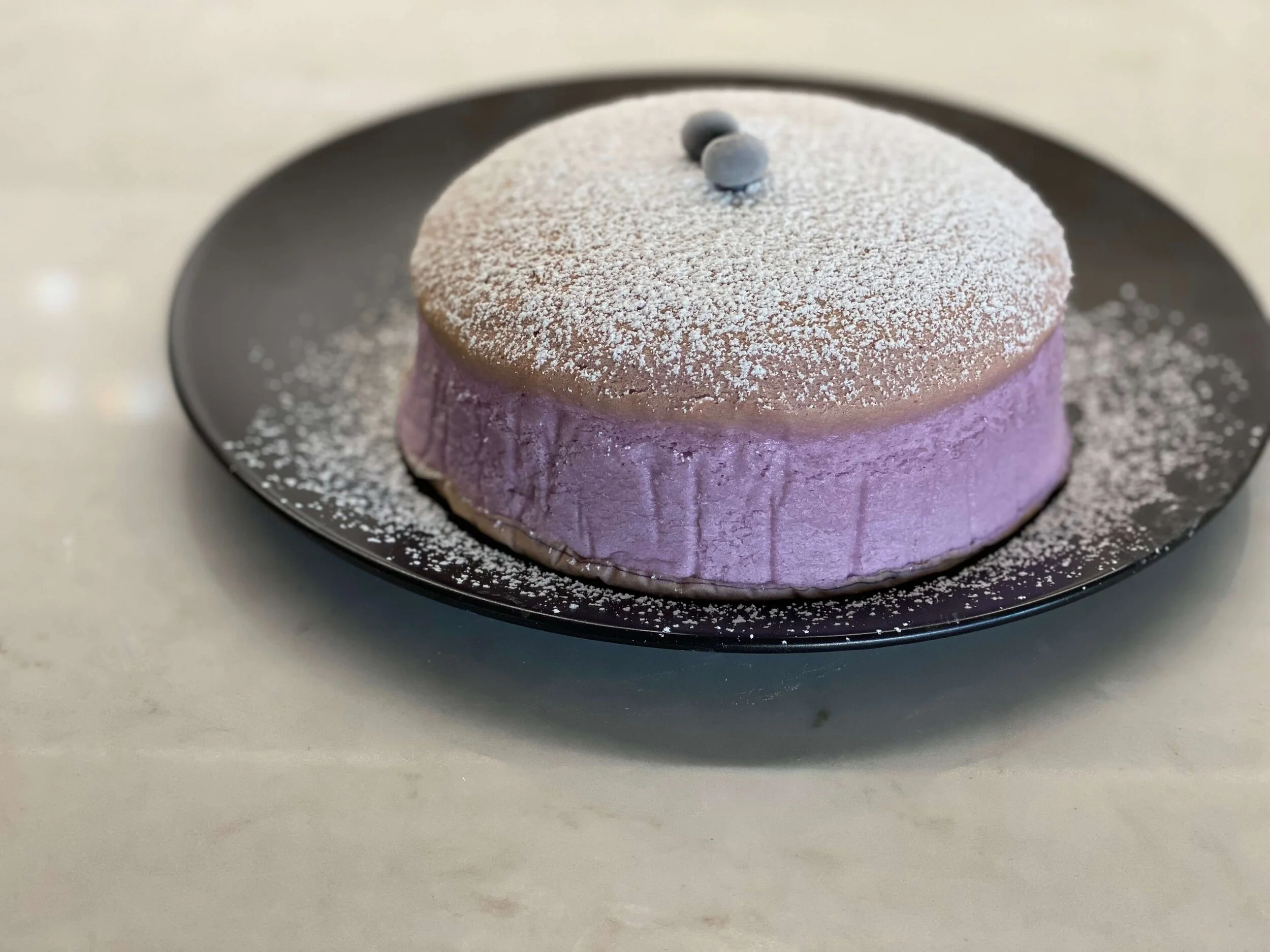

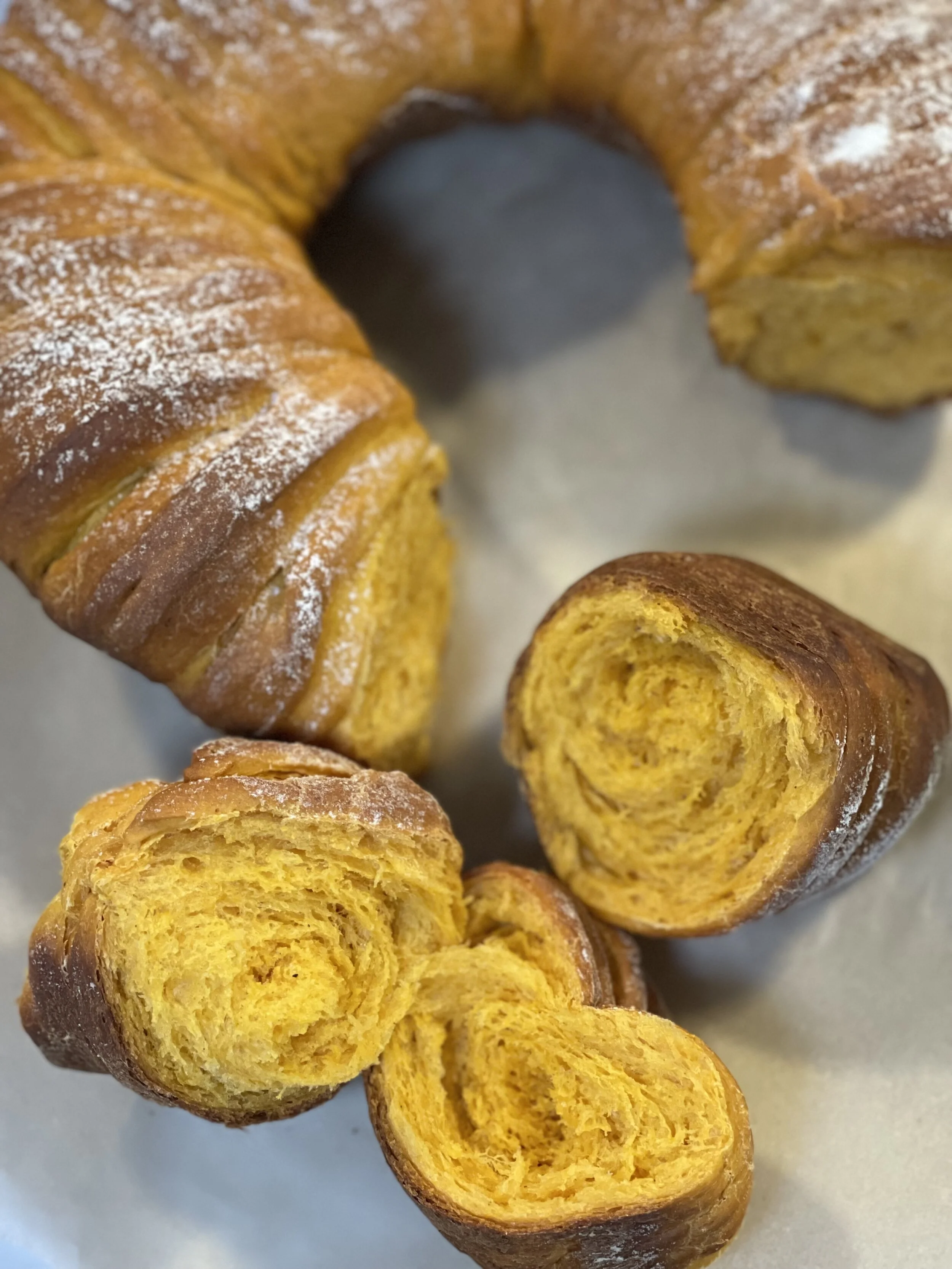
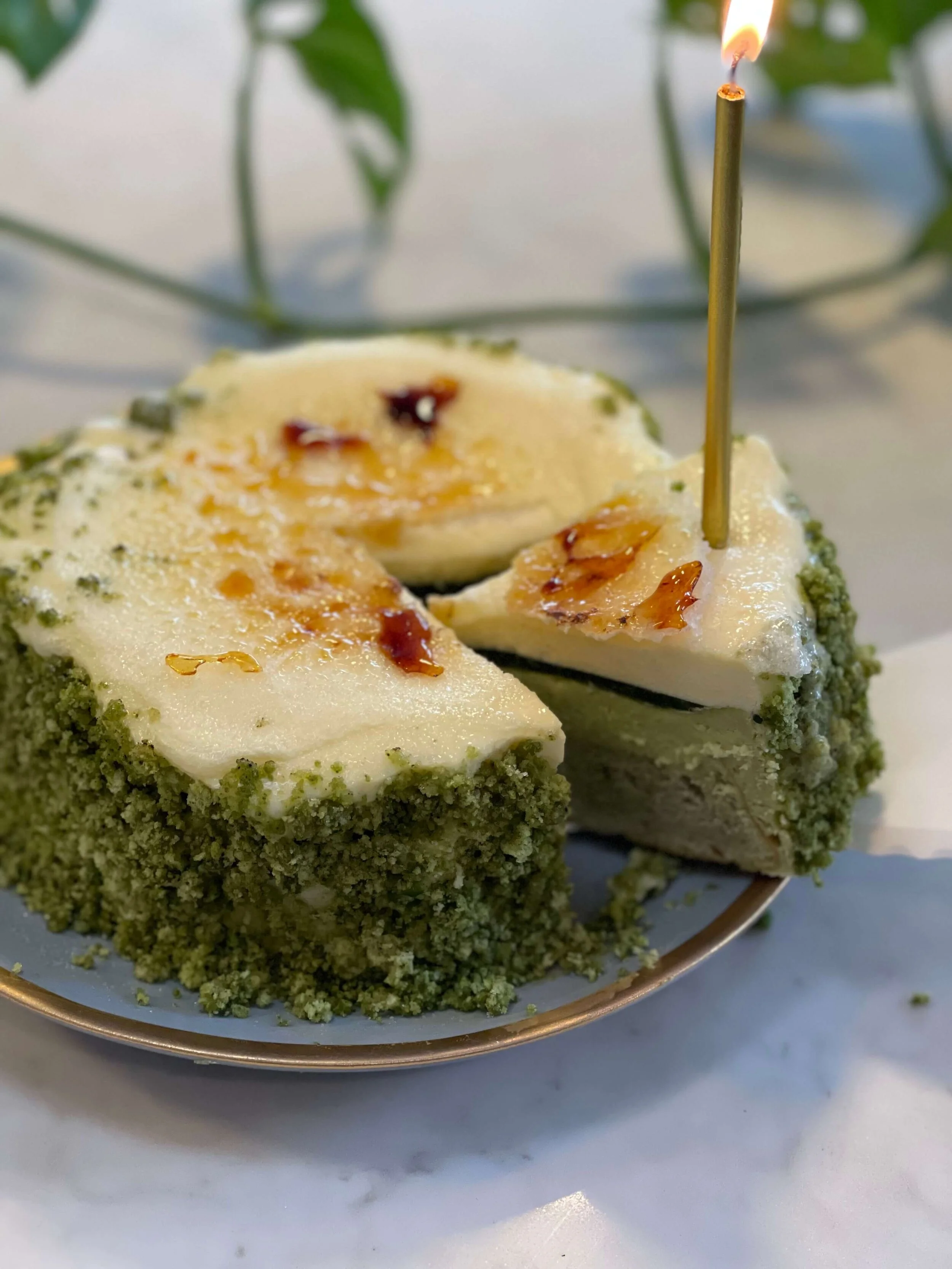


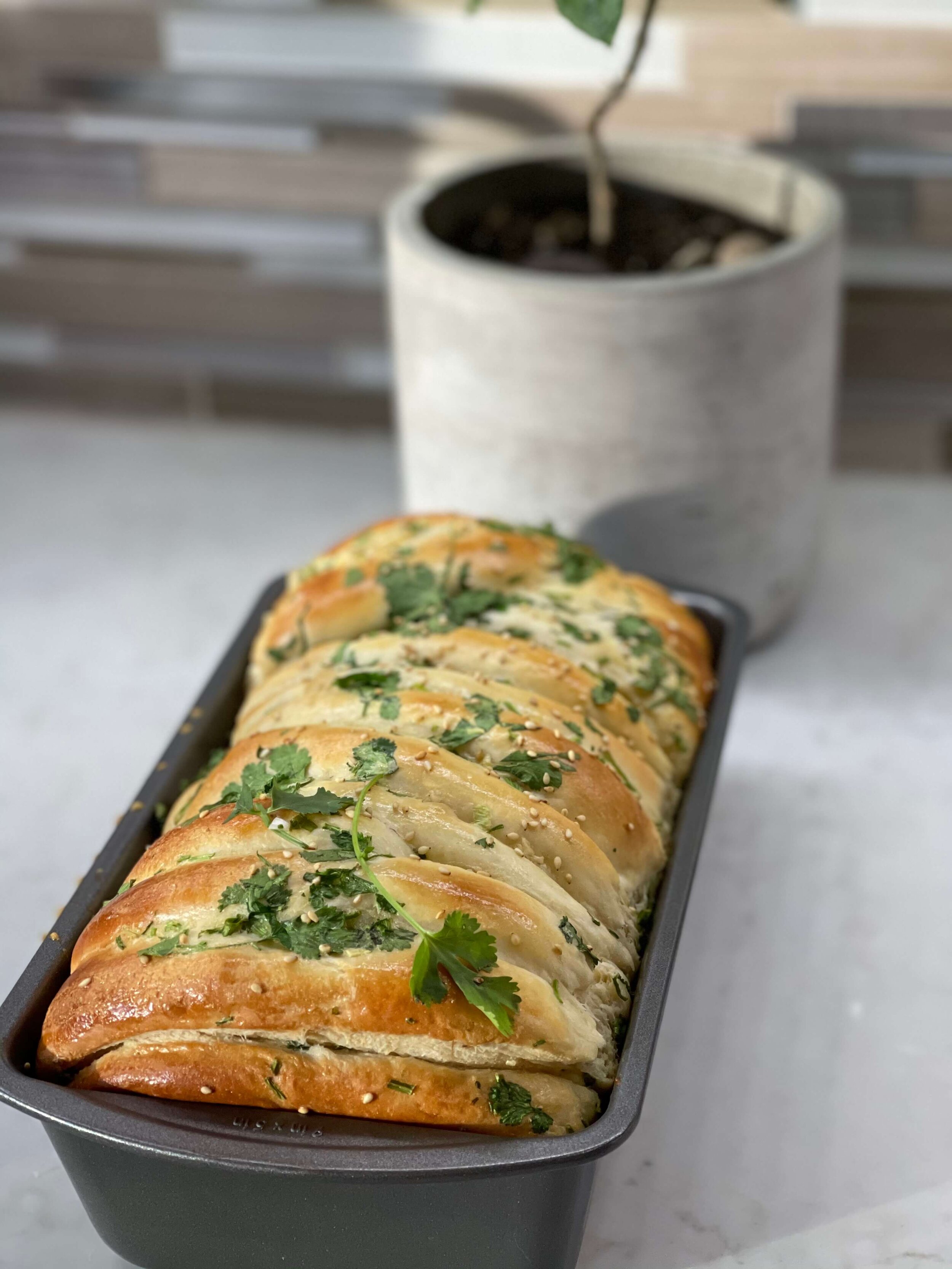


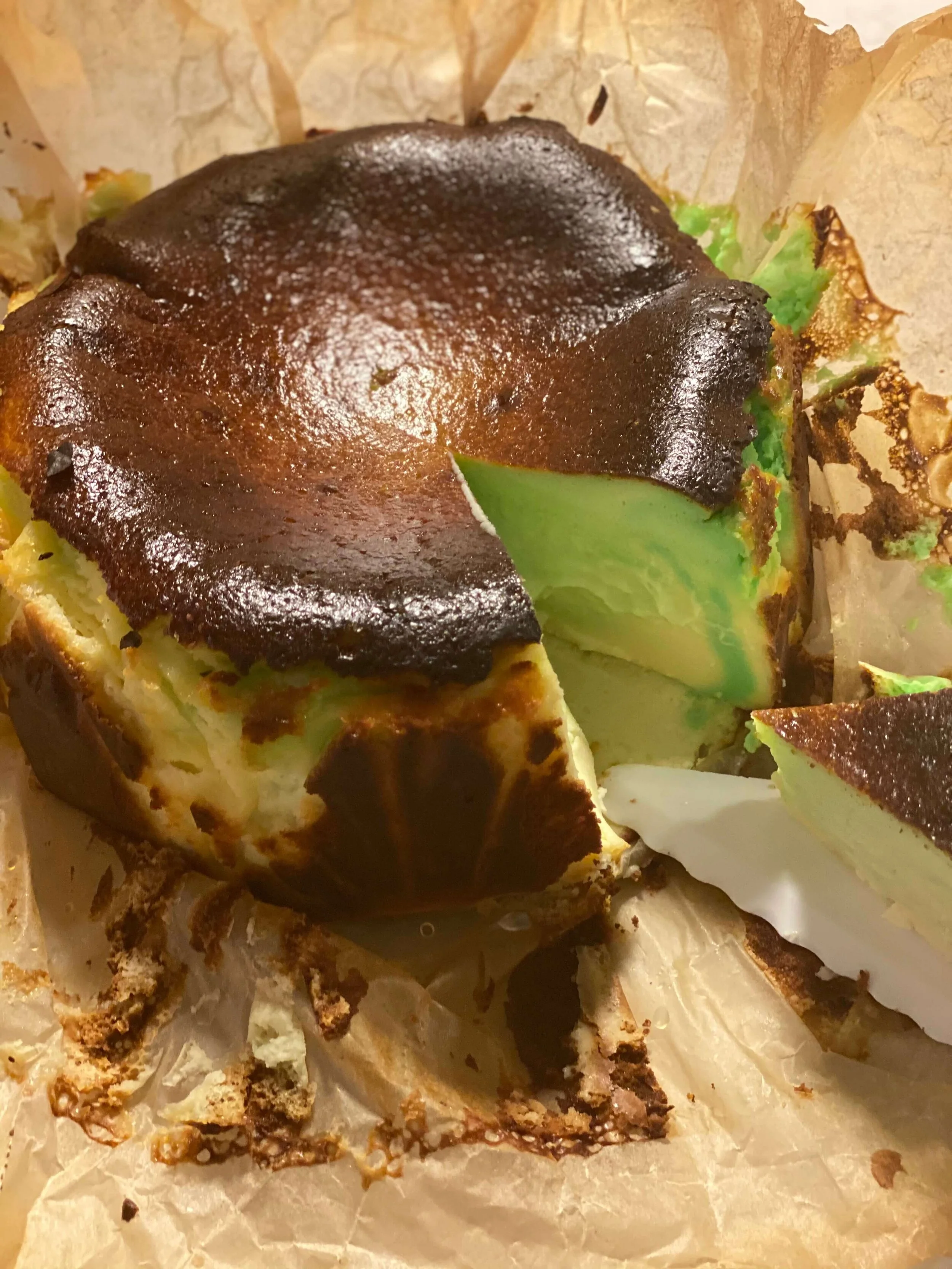
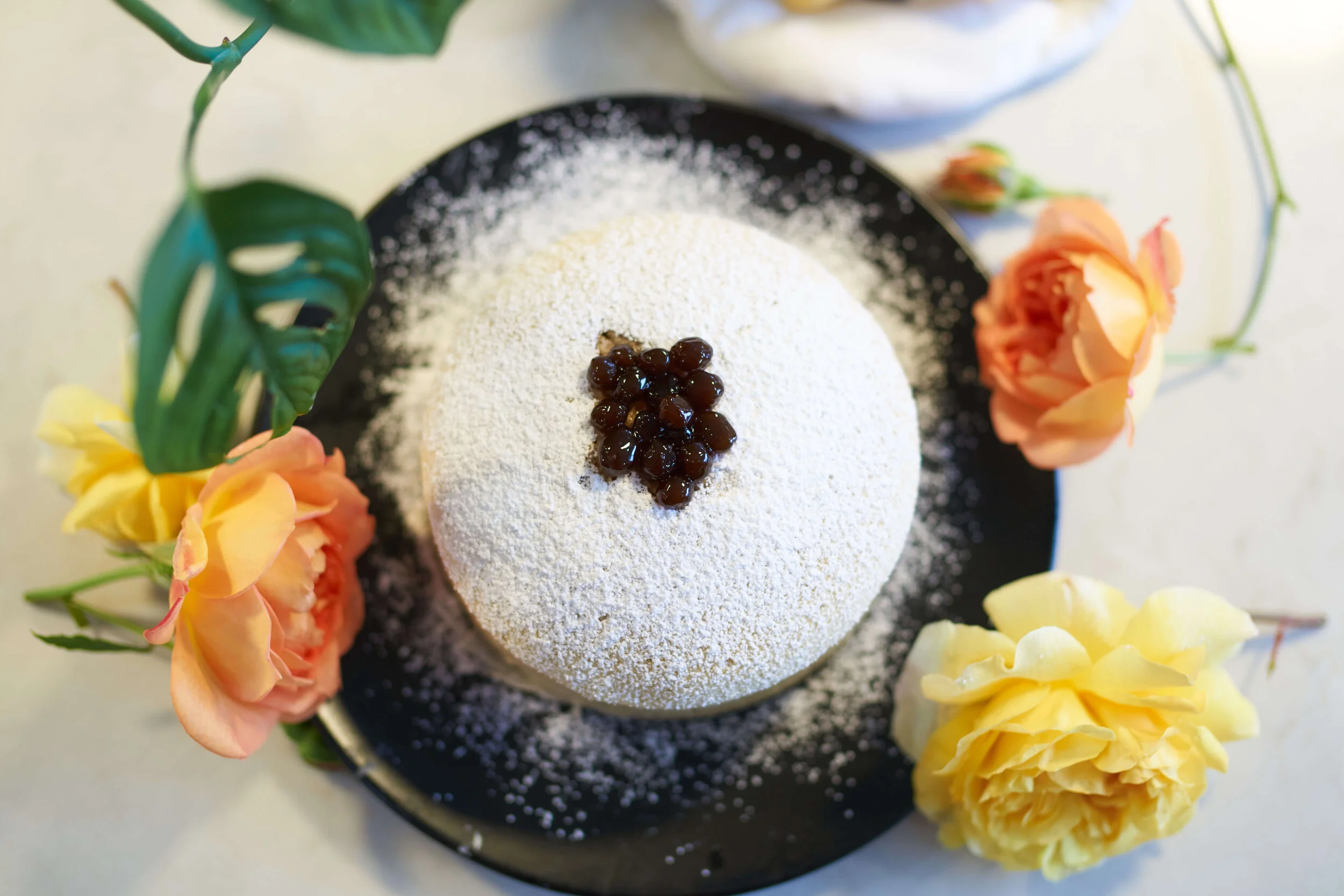
Hi friends, want to make a spicy chocolate brown butter mochi? Do you drool at the thought of chewy chocolate marshmallows? Here’s a wonderful gluten-free recipe for you!